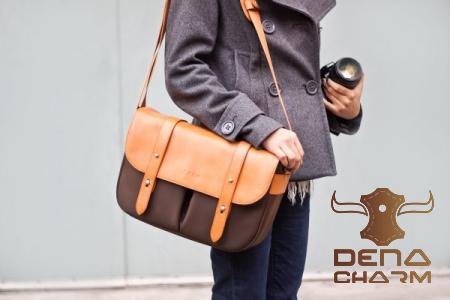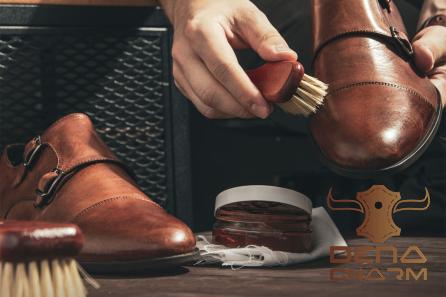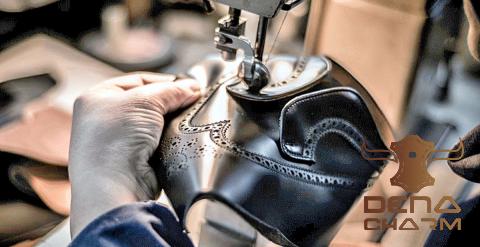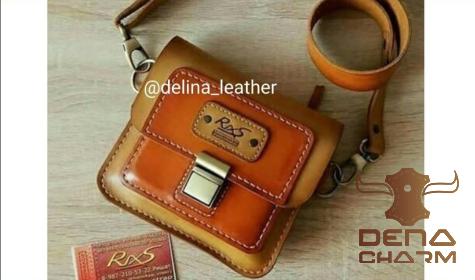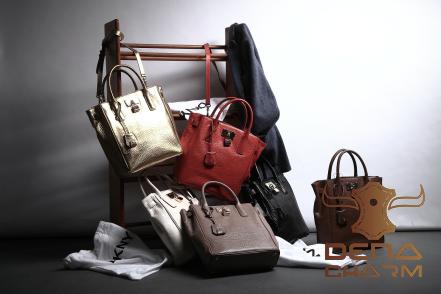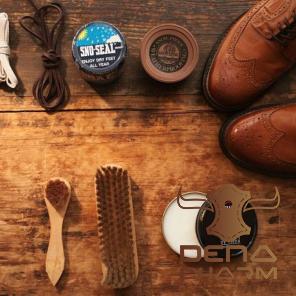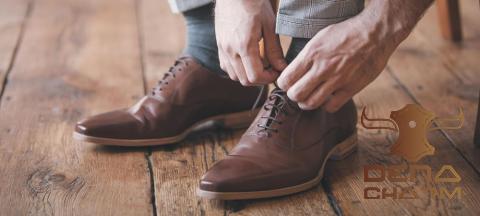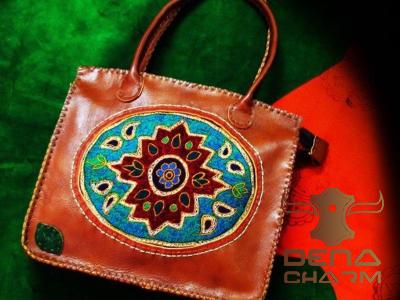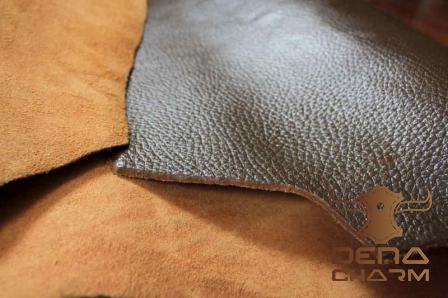When it comes to the world of leather, there are various types available, each with its own unique set of characteristics and applications. Two commonly used types are sheep leather and calf leather. While both offer distinctive qualities, understanding their features and potential uses is crucial for making an informed decision in the business of leather-related products. In this article, we will explore the differences between sheep leather and calf leather, evaluate their key features, and delve into the different ways in which they can be utilized.
Features of Sheep Leather versus Calf Leather
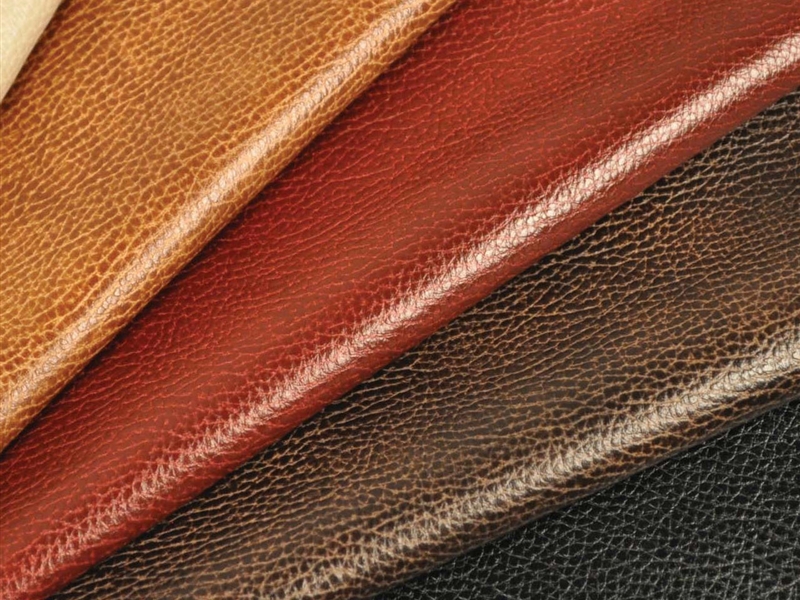
One of the primary distinctions between sheep leather and calf leather lies in their softness and suppleness. Sheep leather is widely renowned for its exceptional softness, making it highly desired for various applications. Due to its fine and delicate texture, sheep leather is often used in the production of high-end fashion garments, including jackets, coats, and gloves. Its lightweight nature also contributes to its popularity in the fashion industry.
Meanwhile, calf leather possesses a more robust and durable structure compared to sheep leather. Recognized for its toughness and resistance to abrasion, calf leather is commonly employed in the manufacturing of sturdy products, such as shoes, belts, and handbags. The inherent strength of calf leather makes it an excellent choice for products that require longevity and strength amidst frequent use.
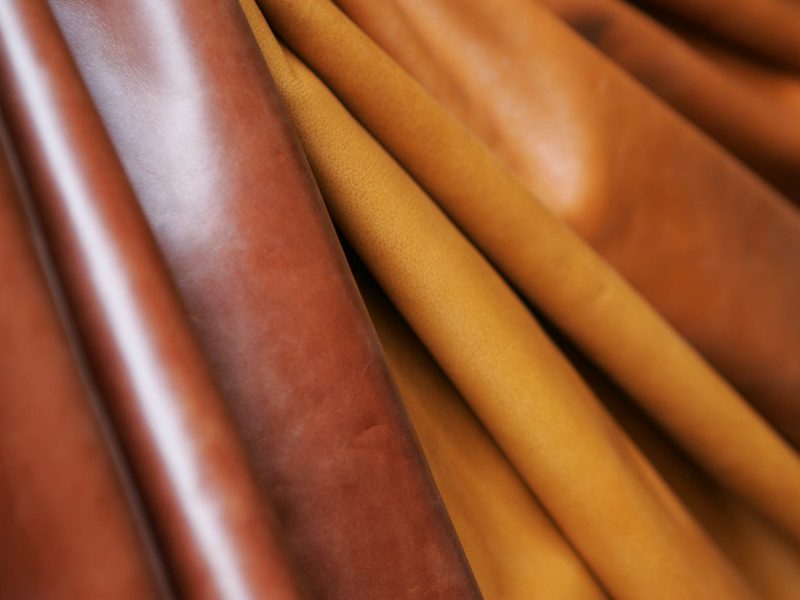
When it comes to appearance, sheep leather and calf leather also exhibit distinctive characteristics. Sheep leather boasts a natural grain pattern that enhances its aesthetic appeal. The fine grain provides an elegant and sophisticated look, making it suitable for luxury items. Conversely, calf leather has a tighter and coarser grain, which offers a more rugged and textured appearance. This distinct grain pattern adds depth and character to products made from calf leather.
Another factor to consider is the availability and cost of sheep leather versus calf leather. Sheepskin is relatively abundant, making sheep leather more accessible and affordable compared to its calf counterpart. This affordability, combined with its softness and versatility, often makes sheep leather an appealing choice for a wide range of businesses within the leather industry.
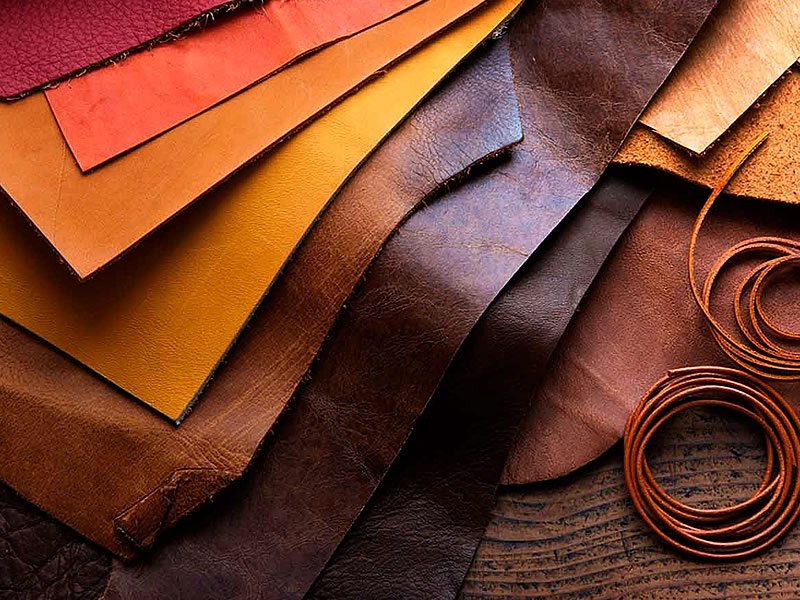
How to Use Sheep Leather versus Calf Leather
Due to the varying qualities of sheep leather and calf leather, they are commonly used in different applications within the leather industry. Sheep leather’s luxurious softness and lightweight nature make it an ideal choice for the production of high-end fashion garments. Designers and manufacturers often utilize sheep leather to create premium jackets, coats, gloves, and other fashion accessories. Its superior drape and pliability also make it a favorite material for creating luxury handbags, wallets, and purses.
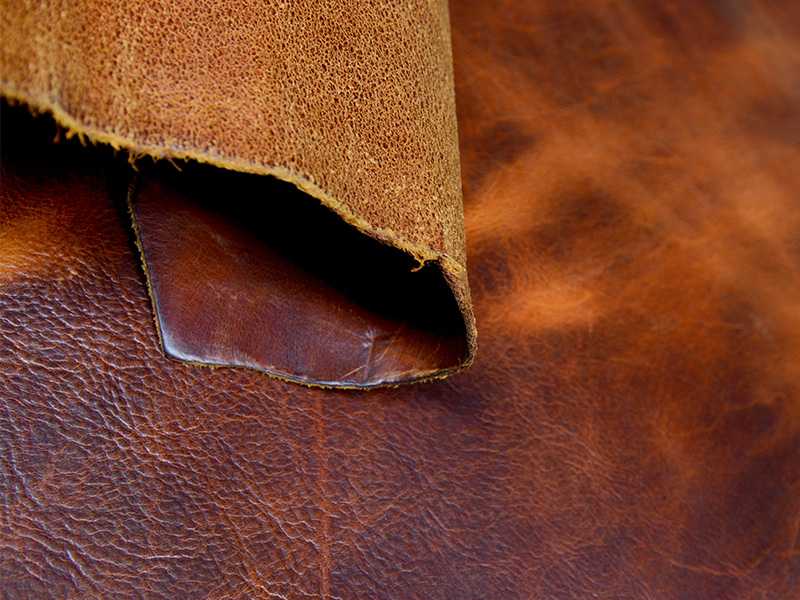
Calf leather, on the other hand, specializes in products that require durability and resistance to wear and tear. This sturdy leather is commonly found in the manufacturing of footwear, including stylish boots, sneakers, and dress shoes. The robust nature of calf leather ensures that shoes made from this material can withstand constant use while maintaining their structural integrity. Additionally, its textured appearance adds a touch of sophistication to any shoe design.
Apart from fashion-related applications, both sheep leather and calf leather have expanded their reach into the realm of upholstery and furniture. Sheep leather, with its softness and luxurious feel, offers a plush and comfortable option for sofas, chairs, and other seating arrangements. On the other hand, calf leather’s durability and resistance to scratches and scuffs make it the perfect choice for furniture that endures heavy use.
In conclusion, while sheep leather and calf leather are both valuable materials in the leather industry, their unique features and applications set them apart. Sheep leather, with its exceptional softness and lightweight nature, finds its place predominantly in the fashion industry. On the other hand, calf leather’s robustness and durability make it a top choice for footwear and sturdier leather goods. The choice between sheep leather and calf leather ultimately comes down to the specific requirements and desired characteristics of the end product. Understanding their differences empowers businesses to make informed decisions on which type of leather best suits their needs, ensuring the production of high-quality goods that cater to the preferences of their target market.
